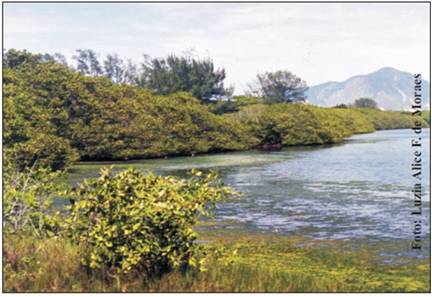INTRODUCTION OF RAINBOW TROUT IN BRAZIL: HISTORY, LAW, AND CURRENT TRENDS
Keywords:
Oncorhynchus mykiss, introduced species, mountain streams, Macaé river, rainbow trout.Abstract
Although the rainbow trout is associated with economic benefits, its introduction process has often resulted in environmental and socio-economical losses. Trout were first introduced into Brazil in 1949 in the Serra da Bocaina mountains, and into the Macaé River, Nova Friburgo, state of Rio de Janeiro, in 1952. Currently, trout occur in every state in southern and southeastern Brazil. The main reason for their introduction into Brazilian rivers was to promote sport fishing and tourism, often justified by the presumed absence of native fish species. The recency of the nationwide prohibition, together with the 50-year history of salmonid introductions, means that new introductions continue to occur. Although the earlier introductions were endorsed by the government, these actions are, nowadays, mainly encouraged by amateur fishermen and people in the tourist trade. Commercial trout farms also contribute to reintroductions, through the sale of live specimens without the required environmental permits. The pertinent environmental laws are quite recent and poorly divulged. Studies regarding impacts of rainbow trout introduction in the native fauna, which would enable tracing educational campaigns, and proposition of measures for handling and commercialization are necessary actions. span>


